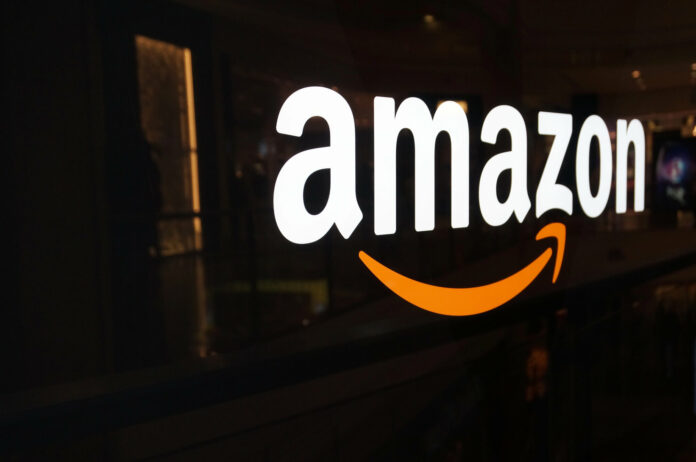Selling an Amazon business can represent a transformative milestone; it may serve to capitalize on your hard work or facilitate a pivot to new opportunities. Nevertheless, preparation paves the road to sale success. Central to that preparation is one crucial factor—financial metrics. These metrics form the foundation of your business’s valuation, demonstrating its profitability, efficiency, and growth potential.
Failing to comprehend these figures could lead not only to an undervaluation of your business but also to a complete deterrent of prospective buyers. Conversely, actively monitoring financial metrics transcends mere technicality; it’s a strategic maneuver that markedly bolsters negotiation leverage and inflates the ultimate selling price.
Potential buyers invest not simply in your products or brand name; they commit to the financial health and sustainability of your business. They require a transparent, data-supported snapshot of your Amazon business’s performance over time. By monitoring financial metrics closely well in advance of selling, you actively create a compelling and transparent case for buyers; this strategy bolsters trust and enhances perceived value.
So if you’ve been wondering, Which financial metrics should I follow before I decide to sell my Amazon business? This article will navigate you through the crucial steps and considerations that will arm you with the knowledge necessary to maximize your sales.
Revenue
Monthly Recurring Revenue
Monthly recurring revenue—MRR—is a paramount indicator of financial health and predictability for businesses. In Amazon enterprises, it denotes sales consistency over time—a crucial measure for buyers gauging stability.
A reliable customer base and repeatable sales patterns are evidenced by steady or increasing MRR. Sellers must meticulously document and present this data. Buyers will rigorously examine it, seeking to assess the business’s potential for consistent income generation.
Revenue Growth Trends
Buyers not only assess MRR; they meticulously track revenue growth trends over time, searching for a steady upward trajectory that signifies a thriving business. Erratic or declining patterns, however, may wave red flags.
Sellers must scrutinize historical sales data, pinpointing growth patterns and readying explanations for seasonal fluctuations or anomalies. Showcasing periods of remarkable growth and identifying the driving strategies can position the business as a lucrative investment opportunity.
Profitability
Gross Profit Margin
Gross profit margin—a measure of the percentage of revenue left after subtracting the cost of goods sold (COGS)—directly reflects a business’s efficiency in producing or procuring its products. For Amazon sellers, it is essential to minimize COGS without compromising product quality to maximize gross profits.
Buyers will scrutinize this metric to gauge the business’s operational efficiency and profit-generating prowess from sales.
Net Profit Margin
Net profit margin—considering all expenses such as operating costs, taxes, and interest—advances profitability analysis by revealing the percentage of revenue converting into actual profit.
A high net profit margin signifies not only a well-managed business but also one with potential for scalability. Sellers should aim to optimize their net profit margin—by reducing unnecessary expenses and streamlining operations—to significantly influence valuation.
Cash Flow
Operating Cash Flow
Operating cash flow reveals the cash generated by a business’s core activities. This metric diverges from profitability metrics that factor in non-cash expenses such as depreciation, concentrating exclusively on the daily operations’ cash influx and efflux.
Significantly, positive operating cash flow signifies the self-sustainability of the business—a vital aspect for prospective acquirers.
Free Cash Flow
Free cash flow takes the analysis a step further. It represents the remaining cash after essential operational and capital expenses are covered.
This metric serves as a key indicator of financial flexibility; it reveals how much cash is on hand for growth opportunities, debt repayment, or shareholder distributions. Strong free cash flow not only suggests profitability but also indicates sound positioning for future expansion—a major selling point for potential buyers.
Expense Management
Marketing and Advertising Costs
Amazon businesses must actively monitor their marketing and advertising expenses, notably those incurred on Amazon’s PPC platform. These costs can be substantial, but careful oversight is crucial to guarantee a robust return on investment. High advertising costs coupled with low ROI may undermine profitability; conversely, well-optimized campaigns have the potential to propel revenue growth efficiently.
Sellers must actively track and analyze expenses. By doing so, they prove to buyers that the business boasts a sustainable and effective marketing strategy.
Fulfillment and Storage Fees
Businesses employing Fulfillment by Amazon (FBA) must vigilantly monitor, identify inefficiencies in, and optimize inventory management for the swiftly accumulating fulfilment and storage fees.
These costs cut directly into profitability and cash flow. Buyers will appreciate a business that has minimized these costs while maintaining smooth operations.
Customer Metrics
Customer Acquisition Cost
The customer acquisition cost (CAC)—the amount a business spends to gain a new customer—serves as an essential metric for gauging marketing efficiency. Notably, when CAC is low relative to the revenue each customer produces, it signifies potent marketing and a compelling value proposition.
Sellers must optimize CAC by targeting the right audience and using cost-effective marketing channels. By doing so, they provide buyers with tangible proof that their business can sustainably attract customers.
Lifetime Value of a Customer
The lifetime value of a customer—LTV—embodies the aggregate revenue a business anticipates generating from a customer throughout their ongoing patronage. Notably, robust LTV signals customer loyalty and recurring transactions—a boon for Amazon enterprises featuring subscription schemes or perishable items.
Significantly exceeding CAC with high LTV amplifies allure to prospective acquirers by showcasing enduring profit potential and staunch consumer loyalty. In fact, experts recommend aiming for an LTV to CAC ratio of 3.1 or higher.
Final Thoughts
Selling an Amazon business is both complex and rewarding, relying on financial preparedness. Prioritizing the tracking and analysis of key financial metrics positions sellers for success, allowing them to showcase their business in the best possible light. The effort invested in comprehending financial performance—and addressing any potential weaknesses—culminates in a streamlined sales process with enhanced valuation prospects. If you’re contemplating this move, be sure that meticulous planning will amplify the rewards of your hard-built business.

